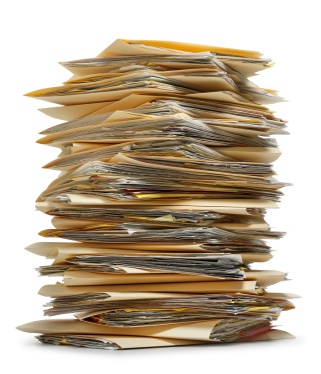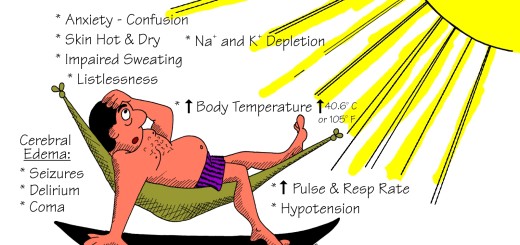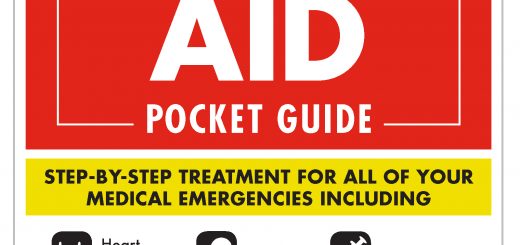Record keeping and documentation for first aiders
Any first aider will know that documentation is incredibly important. There is no ‘set’ way to document a patient, however below is a suggested guide based around basic abbreviations used in the medical world. It might not always be appropriate for all patients, however certainly for more complicated patients it provides a useful framework that you can use.
These abbreviations are universally recognised, so you don’t need to write them all out on your forms.
PC: Presenting complaint – what is the problem? Why has the patient sought medical attention?
HPC: History of Presenting Complaint – when did the problem start? Have you had it before? What events led up to the problem occurring?
O/A: On Arrival – what did you find when you arrived at the scene (not always applicable)
O/E: On Examination – what did you find when you examined / looked at the patient?
PMH: Past (relevant) Medical History
Meds: Medication (past and present)
Allergies: Any known allergies?
Imp: Your impression of the patient / problem – suspected diagnosis
Tx: Specific treatment carried out by you
Plan: What’s the plan for this patient? Handover? Transport?
Other common ‘shorthand’ abbreviations:
This is by no means comprehensive, but just guide to a few common abbreviations you may see on patient report forms.
Pt: Patient
LoC: loss of consciousness
DHx: Drug history
Ca: Cancer
IDDM: Insulin Dependent Diabetes Mellitus
NIDDM: Non-insulin Dependent Diabetes Mellitus
MoI: Mechanism of Injury
D&V: Diarrhea and vomiting
#: Fracture
?: Query / suspected
SoB: Short of breath
DiB: Difficulty in breathing
AF: Atrial Fibrillation
MI: Myocardial Infarction
COPD: Chronic Obstructive Pulmonary Disease
CVA: Cerebrovascular Accident
NFR: Not for resuscitation
UTI: Urinary tract infection
VF: Ventricular fibrillation






We were taught extensively about this in technical training.
I love medical terminology and always have. It’s handy to know the abbreviations and meanings.
We also learned about charting and signs and symptoms.
Great post! Definitely sharing.
Thank you for this list! I knew a few of those abbreviations, but most of them I did not. Great to know shorthand, because it makes it so much easier to jot down in an emergency. Definitely a great list to memorize!
This makes plenty of sense for any medically aiding individual to know. I am glad you provided these medical abbreviations. I had zero clue about most of them, so I ended up learning something today.
I am a nurse and documentation is stressed in nursing school. It is hard to remember events in your head, especially in an emergency situation. I always try to remember the most important things and if I can write down the rest as soon as possible. It is useful when the EMTs arrive on the scene. You can quickly give a report.
Good list and totally important for anyone doing first aid to be familiar with.
Is fracture no longer Fx?